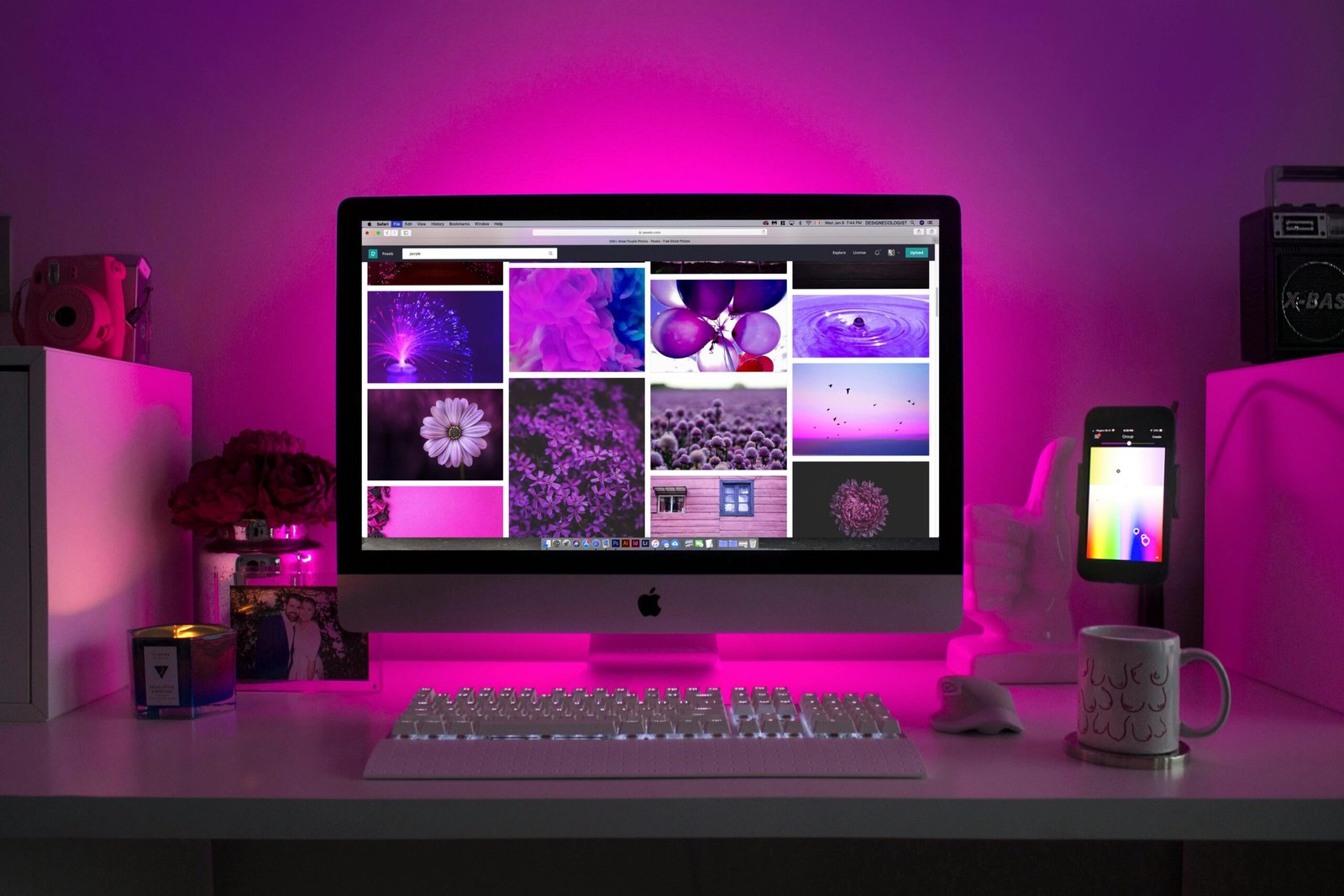Creating digital content has become incredibly popular. Whether you’re starting a YouTube channel, streaming on Twitch, or launching a podcast, having a well-equipped digital content creation studio is crucial for producing high-quality content.
But where do you start? What gear do you need, and how should you set up your workspace? This guide will walk you through the essential equipment and setup tips to help you create a functional and efficient digital content studio. From cameras and microphones to storage solutions and editing software, we’ll cover everything you need to know to get started.
Choosing the Right Storage Solutions
Storage is a crucial consideration for content creators. You need reliable storage solutions to keep your footage and projects safe. External hard drives are a popular choice because they offer a large amount of storage space and are portable. Solid-state drives (SSDs) are another excellent option because they are faster and more reliable than traditional hard drives, though they can be more expensive.
Cloud storage is also worth considering, especially for backing up your data and sharing files with collaborators. Services like Google Drive, Dropbox, and iCloud provide convenient and secure storage solutions that can be accessed from anywhere with an internet connection.
However, for professional-grade storage solutions, companies like Lexar offer a range of dependable products designed to meet the needs of content creators. You can explore their offerings at https://americas.lexar.com/, which include high-capacity, high-speed storage options ideal for handling large video files and extensive libraries of digital content.
The Essential Gear for Your Digital Content Studio
Now, let’s talk about the fundamental gear you need for your studio. A good camera is essential for capturing high-quality video. Depending on your content type, you can choose between DSLRs, mirrorless cameras, or even high-quality webcams. DSLRs are great for their versatility and image quality, while mirrorless cameras are known for their compact size and advanced features. If you’re looking for something more straightforward and budget-friendly, a high-quality webcam can be a good starting point, especially for live streaming.
Next up is audio. Clear and professional sound can make a significant difference in your content’s quality. Investing in a good microphone is crucial. Condenser microphones are excellent for studio recordings because they are sensitive and can capture a wide range of frequencies, providing clear and detailed sound. On the other hand, dynamic microphones are more durable and versatile, making them suitable for various recording environments. They are less sensitive to background noise, which is a plus if you’re recording in a less controlled environment.
Lighting is another critical aspect of your setup. Proper lighting enhances your video quality by ensuring that your content is well-lit and visually appealing. A basic lighting setup typically includes key lights, fill lights and backlights. Softbox lights are a popular choice because they produce soft, even lighting that reduces harsh shadows. Ring lights are also a favorite among content creators, especially for close-up shots, as they provide even lighting that minimizes shadows and highlights details.
Editing Software and Tools
Once you have your footage, the next step is editing. Editing software is essential for polishing your content and making it look professional. Popular software options for video editing include Adobe Premiere Pro and Final Cut Pro. Adobe Premiere Pro is widely used by professionals due to its comprehensive set of features and flexibility. It supports various file formats and offers advanced editing tools that allow you to create high-quality videos. Final Cut Pro, available for Mac users, is another powerful editing tool known for its intuitive interface and efficient workflow.
Audacity is a great free tool that offers a wide range of features for recording and editing audio. It’s user-friendly and perfect for both beginners and experienced users. If you work with graphics or need to create thumbnails and other visual elements for your content, tools like Adobe Photoshop and Canva are invaluable.
A good computer or laptop is also essential for editing. Look for a machine with a powerful processor, ample RAM, and a dedicated graphics card to handle demanding editing tasks efficiently. Investing in a high-quality monitor can also make a big difference in your editing workflow, providing better color accuracy and more screen real estate for multitasking.
Setting Up Your Workspace
A well-organized workspace boosts productivity and helps maintain focus. Start by choosing a comfortable chair and a desk that suits your needs. Ergonomics are essential to avoid strain during long editing sessions. An adjustable chair that provides good back support and a desk at the right height can make a significant difference in your comfort and productivity.
Consider soundproofing your space to ensure clean audio recordings. Simple steps like adding foam panels to the walls, using thick curtains, and placing a rug on the floor can help reduce echo and background noise. If you’re recording videos, make sure your backdrop is clean and professional-looking. You can use a plain wall, a decorative background, or even a green screen to create different visual effects.
Improving Your Studio with Additional Gear
Once you have the basics covered, you can consider adding extra gear to enhance your studio. Green screens are great for creative backgrounds and special effects in videos. They allow you to replace the background with any image or video during the editing process, giving you endless possibilities for your content.
Teleprompters can help you deliver your speech naturally and confidently. They display your script in front of the camera lens so you can read it while maintaining eye contact with the camera. This is particularly useful for longer videos or when you need to ensure that you cover all the points without missing anything.
Multiple monitors can also improve your workflow by providing more screen real estate. You can use one monitor for editing and another for previewing your content or managing your tools and resources. This setup can make your editing process more efficient and comfortable.
Conclusion
Building a digital content creation studio requires careful planning and investment in the right gear. From cameras and microphones to lighting and editing software, each component plays a vital role in the quality of your final product.
Whether you’re a beginner or a seasoned content creator, having a well-equipped and organized studio can make all the difference in your content creation journey. Happy creating!





